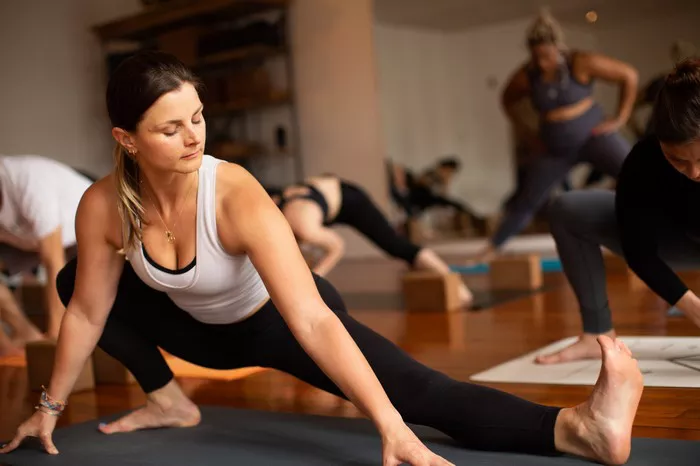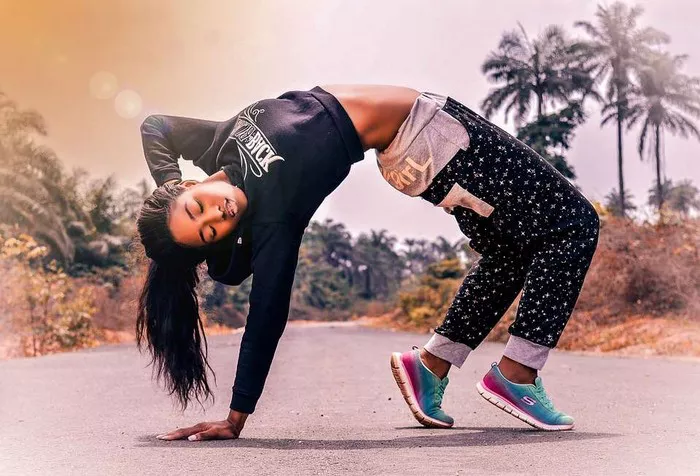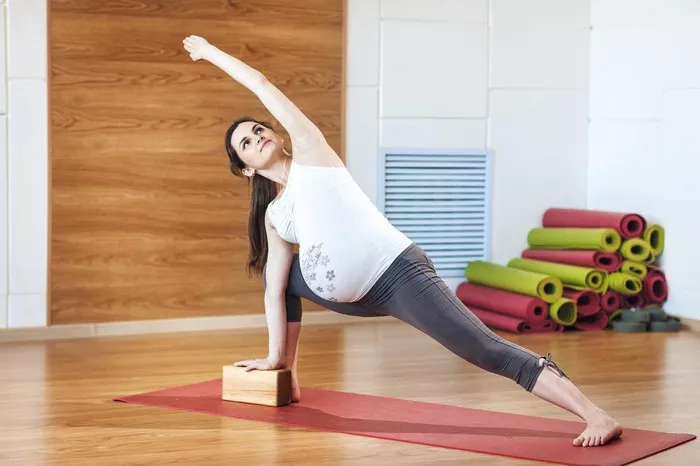Yoga has become a mainstream practice worldwide due to its numerous benefits for both physical and mental health. Among the various styles of yoga practiced today, Hatha Yoga and Iyengar Yoga are two of the most popular and well-recognized schools. While both of these practices share some common principles, they are distinctly different in their approaches, techniques, and overall philosophies. Understanding the differences between Hatha and Iyengar Yoga can help you decide which style best suits your needs and goals.
In this article, we will explore the origins, key principles, unique characteristics, and benefits of both Hatha and Iyengar Yoga in detail, providing clarity on what sets them apart.
1. Origins of Hatha Yoga
Hatha Yoga is one of the oldest forms of yoga that dates back to ancient India. The term “Hatha” is derived from the Sanskrit words ha (meaning sun) and tha (meaning moon), symbolizing the balance of opposites. Hatha Yoga is traditionally seen as a preparatory stage for meditation. The primary focus of Hatha Yoga is to purify the body and mind to prepare for deeper meditation practices.
The Hatha Yoga Pradipika, written by Swami Swatmarama in the 15th century, is one of the most well-known texts that describe the techniques and practices of Hatha Yoga. It emphasizes asanas (physical postures), pranayama (breath control), mudras (gestures), and bandhas (body locks) to create balance in the body, mind, and spirit.
In its traditional form, Hatha Yoga is a general umbrella term that includes a variety of asana (posture) and pranayama techniques designed to purify and strengthen the body.
2. Origins of Iyengar Yoga
Iyengar Yoga, on the other hand, was developed by B.K.S. Iyengar, a renowned yoga teacher from India. Born in 1918, Iyengar spent his early years battling various health challenges, which inspired him to study yoga rigorously as a means to improve his physical health. Through years of practice and study, Iyengar developed his unique approach to yoga, which he called Iyengar Yoga.
Iyengar Yoga focuses on precision, alignment, and the use of props. Iyengar’s approach is highly methodical, and he was one of the first to emphasize the importance of using props such as blocks, straps, and blankets to support the body during practice. This made yoga accessible to a wider range of people, including those with injuries, disabilities, or limited flexibility.
B.K.S. Iyengar’s book, Light on Yoga, published in 1966, became a seminal work that popularized his approach and is considered one of the most authoritative texts on yoga in the world.
3. Key Principles of Hatha Yoga
Hatha Yoga is a broad term and can encompass various practices, but there are several key principles that define it:
- Asana Practice: The physical postures or asanas are the primary focus in Hatha Yoga. These postures are designed to stretch, strengthen, and purify the body. While many of the postures may seem simple, they are designed to be held for longer periods, allowing practitioners to cultivate awareness and attention.
- Breath Control (Pranayama): Breath is a central focus in Hatha Yoga. The practice of pranayama involves controlling and regulating the breath to calm the mind and enhance concentration. Techniques such as deep breathing, alternate nostril breathing, and kapalbhati (breath of fire) are commonly practiced.
- Balance of Energies: Hatha Yoga works on balancing the opposing forces within the body, symbolized by the sun (ha) and moon (tha). This balance is sought through a combination of effort and relaxation in the postures.
- Mindfulness: Although Hatha Yoga emphasizes physical postures, it also encourages mindfulness and presence in the moment. By focusing on the body and breath, practitioners can achieve mental clarity and calmness.
4. Key Principles of Iyengar Yoga
While Iyengar Yoga shares the basic foundation of Hatha Yoga, its key principles are distinct and more specialized:
- Alignment: Precision and alignment are the hallmark of Iyengar Yoga. Iyengar believed that proper alignment in each pose not only maximized the physical benefits of the asanas but also created balance in the body and mind. This means that postures are often held for longer periods, with a strong focus on making minute adjustments to ensure that every part of the body is aligned.
- Use of Props: One of the key features of Iyengar Yoga is the use of props. Blocks, straps, blankets, chairs, and other tools are incorporated into the practice to support the body in poses, particularly for those who may not have the flexibility or strength to perform the poses without assistance. This allows students of all levels to practice the poses safely and effectively.
- Sequencing: In Iyengar Yoga, there is a specific sequencing of poses that is designed to build strength, flexibility, and stability progressively. Each sequence follows a logical progression, ensuring that practitioners move from simpler poses to more complex ones as they deepen their practice.
- Therapeutic Approach: Iyengar Yoga is often used as a therapeutic practice. Iyengar developed specific sequences of postures designed to address various ailments, from back pain to digestive issues. His attention to detail and alignment made his style particularly effective for those recovering from injury or managing chronic conditions.
- Intellectual Understanding: Iyengar Yoga encourages a deeper understanding of the philosophy and theory behind the practice. Teachers often explain the anatomical and physiological benefits of each posture, enabling students to connect intellectually with the physical practice.
5. Differences in Practice
Now that we have an understanding of the core principles of Hatha and Iyengar Yoga, it is important to compare the key differences between these two styles of practice:
- Focus on Alignment: While both Hatha and Iyengar Yoga incorporate postures and breathwork, Iyengar Yoga places a much stronger emphasis on alignment. Teachers pay close attention to the precise positioning of the body in each pose. In contrast, Hatha Yoga tends to have a more fluid approach to alignment, with a focus on general alignment rather than precise adjustments.
- Use of Props: Props are central to Iyengar Yoga and are used to modify poses to suit individual needs. In contrast, Hatha Yoga typically does not emphasize props as much. Some Hatha practitioners may occasionally use blocks or straps, but they are not integral to the practice.
- Pacing and Sequencing: Hatha Yoga tends to move at a slower pace, with a focus on holding poses for extended periods to build strength and flexibility. However, the sequencing is less rigid, and practices can vary widely depending on the teacher. Iyengar Yoga, on the other hand, follows a more structured and methodical approach to sequencing and often focuses on holding each posture for a longer duration to deepen the benefits.
- Therapeutic Aspect: While both styles offer physical benefits, Iyengar Yoga is more often used therapeutically to address specific physical concerns or injuries due to its focus on alignment and the use of props. Hatha Yoga, while still beneficial for overall health, is generally less focused on healing specific physical ailments.
6. Benefits of Hatha Yoga
Practicing Hatha Yoga offers numerous benefits for the body and mind. Here are some of the key benefits:
- Improved Flexibility: The practice of asanas in Hatha Yoga stretches and lengthens the muscles, increasing flexibility over time.
- Stress Reduction: The mindfulness and breath control techniques practiced in Hatha Yoga can help to reduce stress and promote a calm, focused mind.
- Improved Strength and Balance: Holding poses and focusing on alignment in Hatha Yoga strengthens the muscles and improves balance.
- Enhanced Mind-Body Connection: Hatha Yoga helps you become more aware of your body, your breath, and your mental state, cultivating a deeper connection between mind and body.
- Increased Energy: By improving circulation and breathing, Hatha Yoga helps to increase overall energy levels and vitality.
7. Benefits of Iyengar Yoga
Iyengar Yoga, with its focus on precision and alignment, offers unique benefits:
- Improved Posture: The emphasis on alignment in each posture helps to improve overall posture, reducing the risk of injury and promoting better body mechanics.
- Injury Prevention and Rehabilitation: The use of props and attention to alignment makes Iyengar Yoga especially effective for injury prevention and rehabilitation, particularly for those with chronic pain or specific physical conditions.
- Increased Flexibility and Strength: Just like Hatha Yoga, Iyengar Yoga improves flexibility and strength through precise, controlled movements and longer holds in postures.
- Mental Clarity: The intellectual approach to Iyengar Yoga helps students cultivate focus and mental clarity, while the physical postures help to ground and center the mind.
- Therapeutic Benefits: Iyengar Yoga is often used as a form of physical therapy. Many individuals with specific ailments or injuries turn to Iyengar Yoga for healing and rehabilitation.
8. Which Practice is Right for You?
Choosing between Hatha and Iyengar Yoga depends on your personal goals, health conditions, and preferences.
- If you are looking for a gentler, more fluid practice with a focus on overall well-being and stress relief, Hatha Yoga might be a better fit for you. It is an excellent option for beginners who are just starting their yoga journey.
- If you are looking for a more structured, precise approach with a therapeutic focus and are dealing with physical limitations or injuries, Iyengar Yoga might be the right choice. Its focus on alignment and the use of props makes it highly adaptable to different needs.
Ultimately, both Hatha and Iyengar Yoga offer tremendous benefits for the body, mind, and spirit. Whichever practice you choose, the key is to remain consistent, patient, and dedicated to your journey. Yoga is a lifelong practice, and finding the style that resonates with you is the first step toward experiencing its profound benefits.
Conclusion
In conclusion, both Hatha and Iyengar Yoga have much to offer. While they share a common foundation in traditional yoga principles, they each have their unique approach and methods. By exploring both styles and understanding their differences, you can make an informed decision about which practice aligns best with your goals, whether they involve improving flexibility, relieving stress, or addressing specific physical needs.
Related Topics:

















